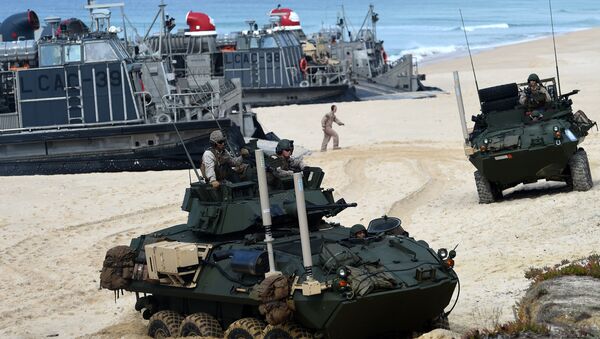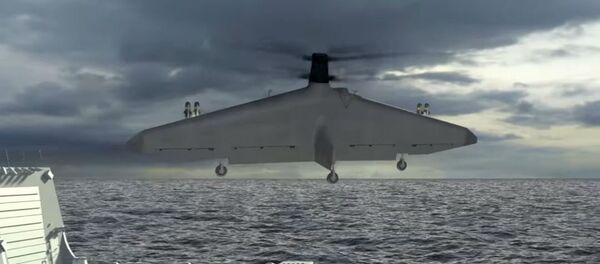“This exercise provides a unique opportunity for warfighters to assess emerging technologies and innovative engineering in support of amphibious assault operations,” acting Navy Secretary Sean Stackley told the online defense magazine Breaking Defense.
Winds of change are picking up
The Pentagon wants to speed up the process of development and introduction of advanced technologies with Marine Corps Commandant Robert
Neller pushing for the immediate testing of 80-percent-ready innovations instead of waiting for up to 10 years before they are 100-percent ready.
“The Pentagon normally takes 18 to 24 months to set up a technology demonstration on this scale, and this one is happening in just nine,” Aileen Sansone, an official with the Navy’s Rapid Prototyping, Experimentation, & Demonstration (RPED) office, told reporters.
Some 50 technologies will be tested during the April 15-27 exercise and about as many will just be presented for examination by specialists. The technologies that pass the initial testing will be put to a harder test in October.
Many, if not the majority of the technologies will probably fail to pass muster, but the Marines are sure that this is exactly what they need. In fact, failing “early and often” is an essential part of innovation before the Marines decide on major acquisition programs, let alone take a technology into combat.
What will be tested
The S2ME2 ANTX 2017 exercise will field-test several technology platforms across six mission areas.
The team defined the six mission areas as:
Shield: “early intelligence and reconnaissance,” using swarms of robotic scouts in the air, sea, and land, which would allow Marines to identify far more landing sites and potentially bypass defenders by coming ashore in unexpected places, instead of landing at an obvious beach.
Dagger: “reconnaissance & threat elimination,” e.g., more drones and manned platforms marking obstacles and mines.
Cutlass: “maneuver ashore,” where unmanned boats bring Marines ashore at high speeds or unmanned amtracs swim in on their own power, with expendable decoy drones.
Broadsword: “combat power ashore,” e.g., battlefield 3D printing of spare parts and unmanned ground vehicles providing fire support or carrying supplies.
Battleaxe: “amphibious C4ISR (Command, Control, Communications, Computers, Intelligence, Surveillance, & Reconnaissance),” e.g.,high bandwidth networks, resistant to jamming and hacking, that can tie the whole operation together, Breaking Defense wrote.
Big technology platforms, such as combat lasers will not be used during the April drill where the emphasis will be on technologies that can be employed by small Marine units during amphibious assault operations.
In an ideal scenario, swarms of drones reconnoiter the shore, choose landing site and draw up a list of potential threats. Robotic vehicles then go ashore to crush enemy resistance setting the stage for the arrival of advance Marine units and, ultimately, of the main landing parties.
“To be considered a great power, you have to retain a forcible entry capability,” Col. Dan Sullivan, chief of staff at the Marine Corps Warfighting Laboratory, told reporters.
Never miss a story again — sign up to our Telegram channel and we'll keep you up to speed!





